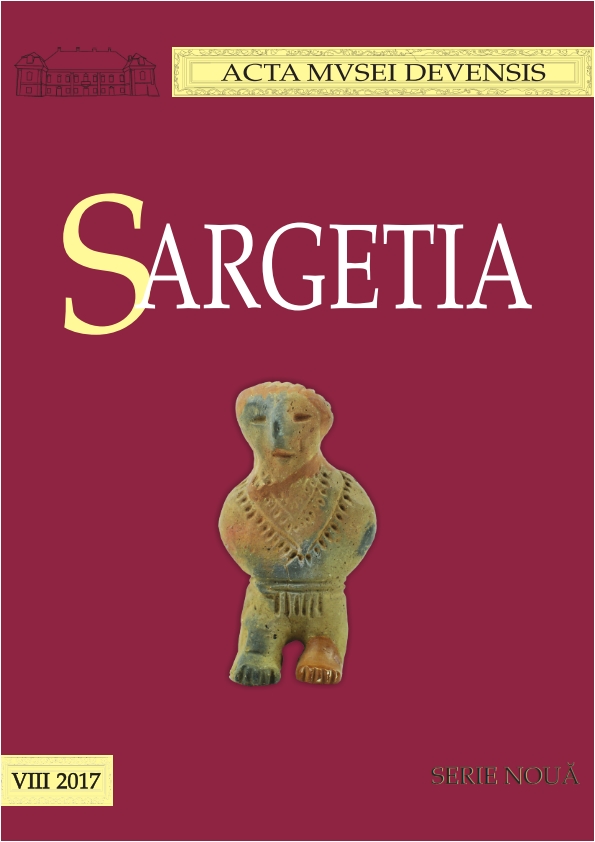Dealul Cetăţii Deva în administrarea Societăţii de Istorie şi Arheologie a comitatului Hunedoara
Dealul Cetăţii Deva in the Administration of the
History and Archaeology Society of Hunedoara County
Author(s): Cristina BodóSubject(s): History, Modern Age, Recent History (1900 till today), 19th Century
Published by: Editura Altip
Keywords: historical society; Hunedoara County; Deva; Dealul Cetăţii; Téglás Gábor
Summary/Abstract: One of the objectives of the History and Archaeology Society of Hunedoara County, founded in 1880, was to promote the monuments on the territory of the county. From the beginning, the attention of its members was drawn by the ruins of the Deva citadel, which were in a poor state of conservation during the second half of the 19th century. Therefore, at the suggestion of Téglás Gábor, endeavours were performed for taking into administration the Fortress Hill (Dealul Cetăţii), in order to preserve and restore the ruins, to afforest it and to arrange alleys, in order to turn it into an attractive and safe place for visitors.After a series of negotiations, the Society rents in 1886 the hill from the Ministry of Finance and buys it in 1893 for 500 frt. The most important stipulations of the purchase contract were: the Society had to afforest the land which was the object of the sales agreement, to care for the existing trees and to use the land only as a place for promenade and recreation; if this instructions were broken, meaning the hill would not be used or exploited accordingly with the intended objective, the entire purchased land, with all the possible investments which were made, will be returned to the Ministry of Finance without any compensation. It was also established that if the Society broke down, terminated its activity or merged into another association, ownership of the immovable property in question would pass over to the city of Deva, provided the continuation of afforestation, maintenance of ruins and existing plantings, and the obligation to use the hill as a recreational site. If the city did not assume these obligations, the Fortress Hill would return in the propriety of the Ministry of Finance.The city was also interested in the development and maintenance of Dealul Cetăţii. An important moment was the decision of the general assembly of Deva to allocate the necessary amount to hire a permanent guard at the beginning of 1900.During the administration of the Fortress Hill, the Society intervenes for the preservation of the ruins, arranging alleys (in 1910 there were about 12 km of alleys set up with iron banks) and different species of trees were planted, mostly coniferous.At the same time, at the beginning of the 20th century, the attention of the Unitarian Church was directed towards this objective, placing a commemorative plaque for Dávid Ferencz, and presenting the building project of a monument in his memory (Fig. 1), in the form of a church built on the hill (the beginning of World War I would stop its construction).After the end of the First World War, the History and Archaeology Society of the Hunedoara County ceased its activity, becoming the Regional Museum, established by the decree of the authorities of Hunedoara County, at the end of 1920. All the Society's assets (including Dealul Cetăţii) would be administered by the new institution, subordinated to the county authorities.
Journal: Sargetia. Acta Musei Devensis
- Issue Year: 2017
- Issue No: 8
- Page Range: 287-299
- Page Count: 13
- Language: Romanian

